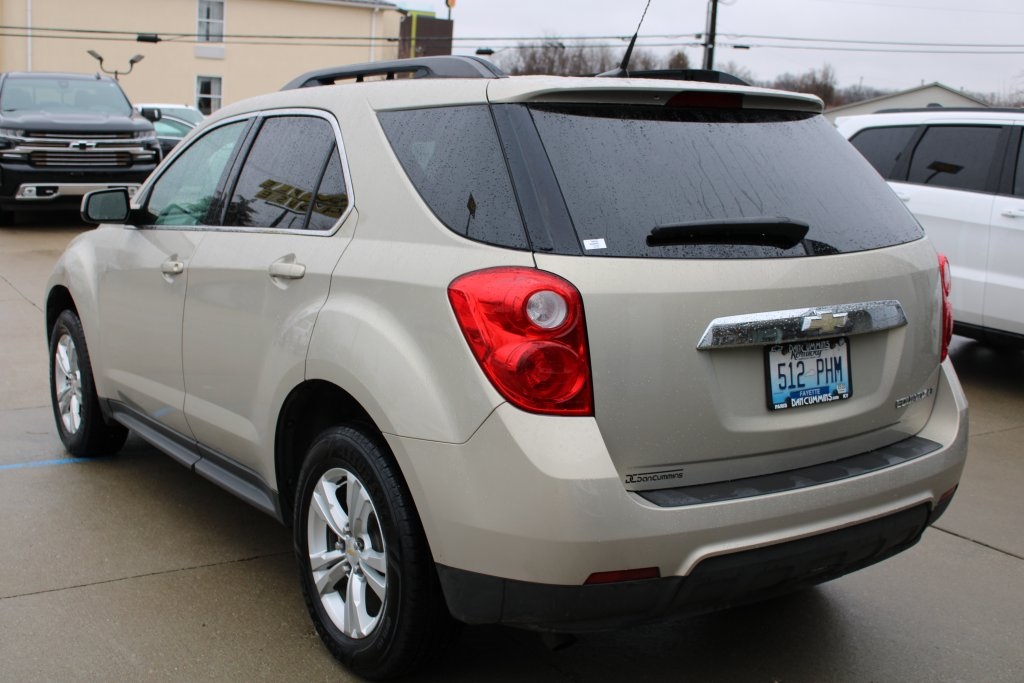
To be sure, at freeway speed you finally pay the electric-motor piper, as its 98 horses dissolve the Equinox into econocar feebleness. From a stop, the car simply hair-triggers away as its electric motor's 236 pound-feet of torque deliciously yanks you forward from zero rpm.

After five miles or so, its odd-ball George Jetson drivetrain simply melts away into irrelevance-who cares what it is? It works. We drove it for two weeks and the whole time were simply amazed at how well it operated. As stunningly underdeveloped and uncoordinated as the hydrogen infrastructure is, GM gets a loud shoutout from us for building a hydrogen-fuel-cell car that runs like a Rolex. If Chevy's plug-in Volt works half as well as GM's ballyhooing in 2011 or whenever, these hydrogen cars are going to go poof faster than you can say "Hindenburg."Īnd it sure as heck won't be the Equinox's fault. Right now, in every house along my modest, couldn't-be-more-ordinary street, there are circuit-breaker boxes humming away with 240 volts of electricity. Irvine station (best of the bunch) that you're required to wear a fire-resistant lab coat and goggles despite 90-degree weather, learn that some stations take about seven minutes for a refill (UCI) and others 25 minutes (depending on station sophistication), only then will you start to appreciate how unbelievably far hydrogen has to go to be even remotely practical. Until you've stared at a map of Southern California's sparse grid of hydrogen oases and gone to them, found some non-operable, some demanding individual training sessions before using them, discover at the U.C. In 10 and a half years, that kid'll have a driver's license-not much time to build a gazillion hydrogen versions of all those Arcos and Exxon stations I was passing.


 0 kommentar(er)
0 kommentar(er)
